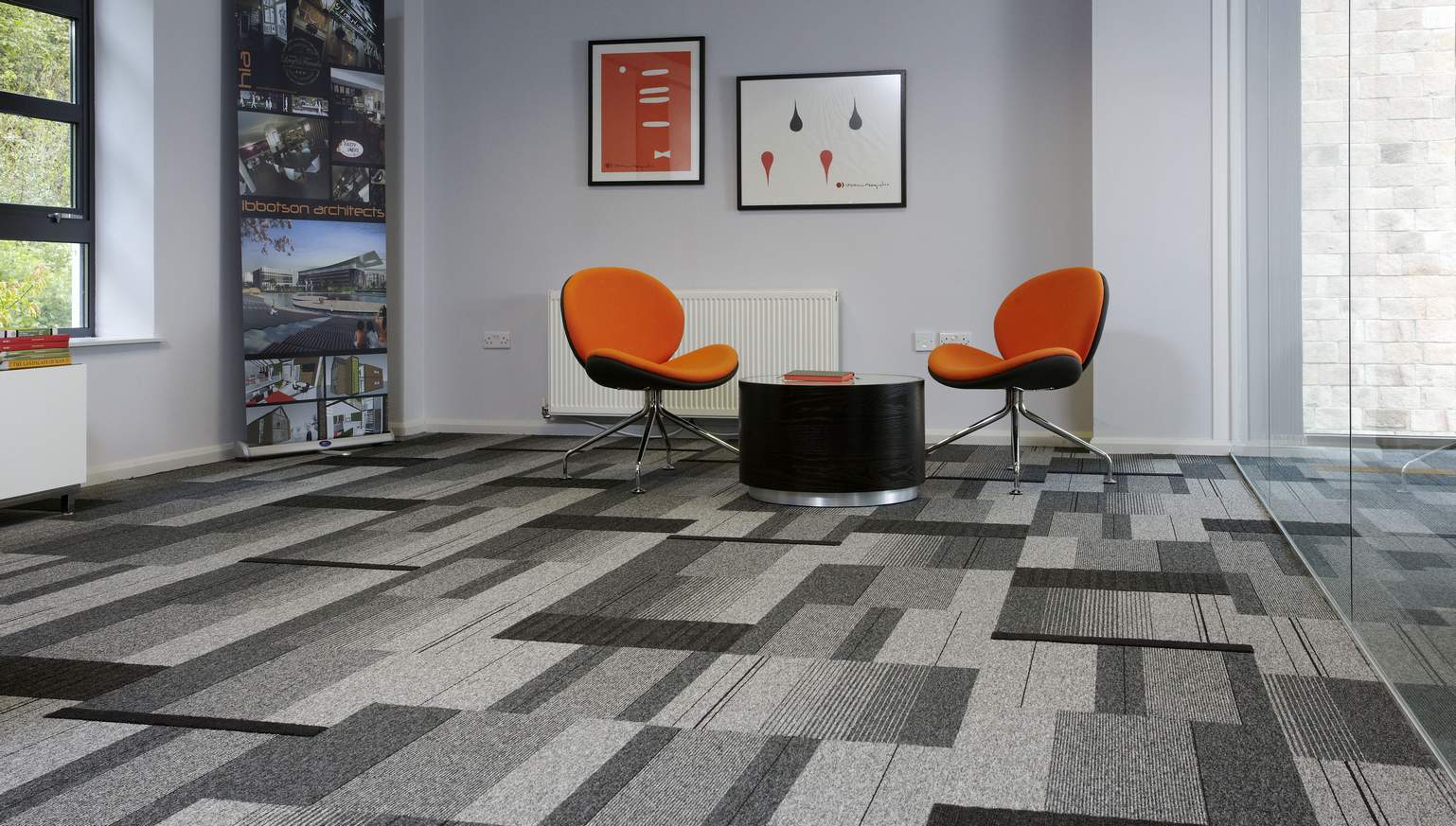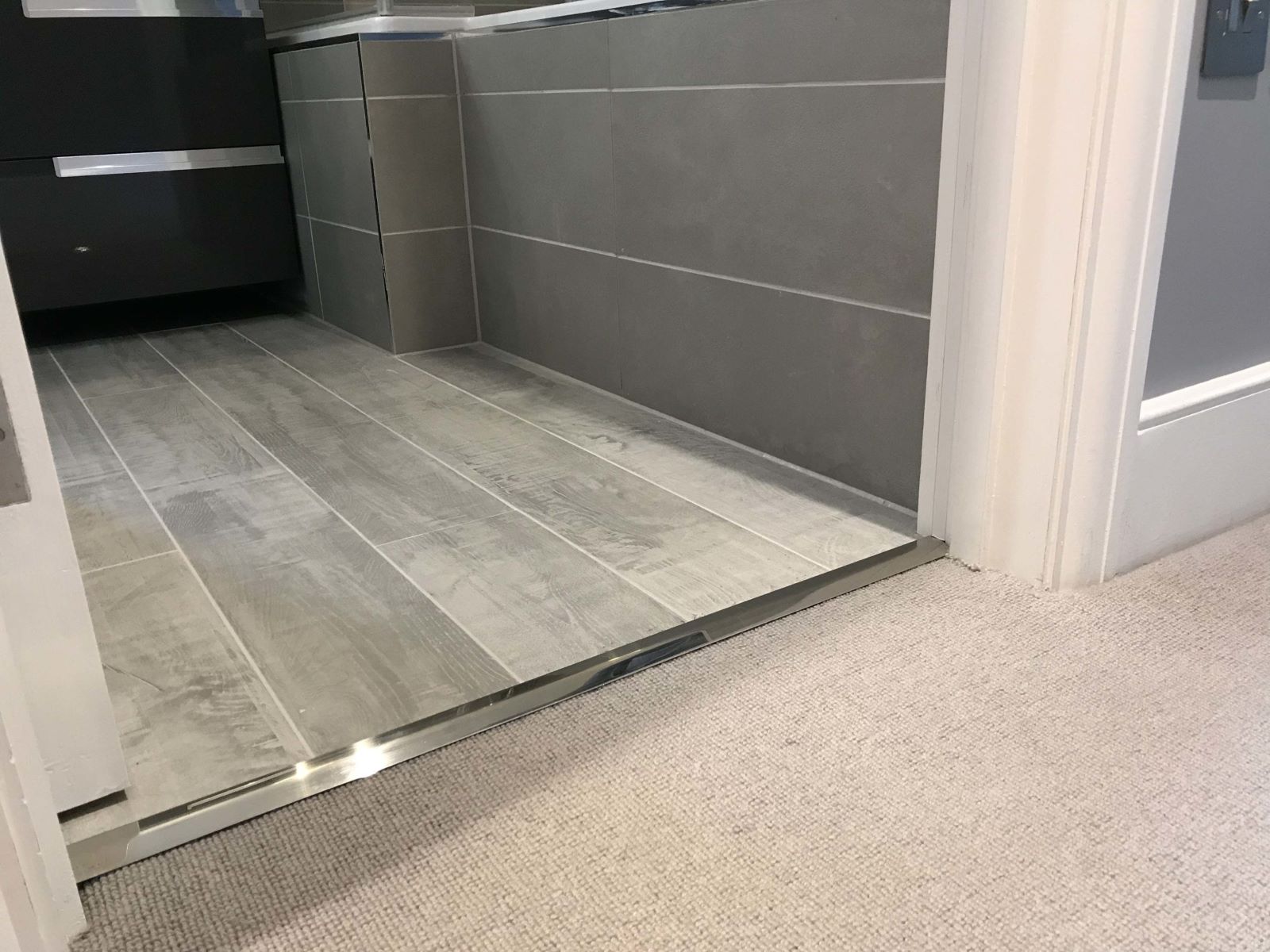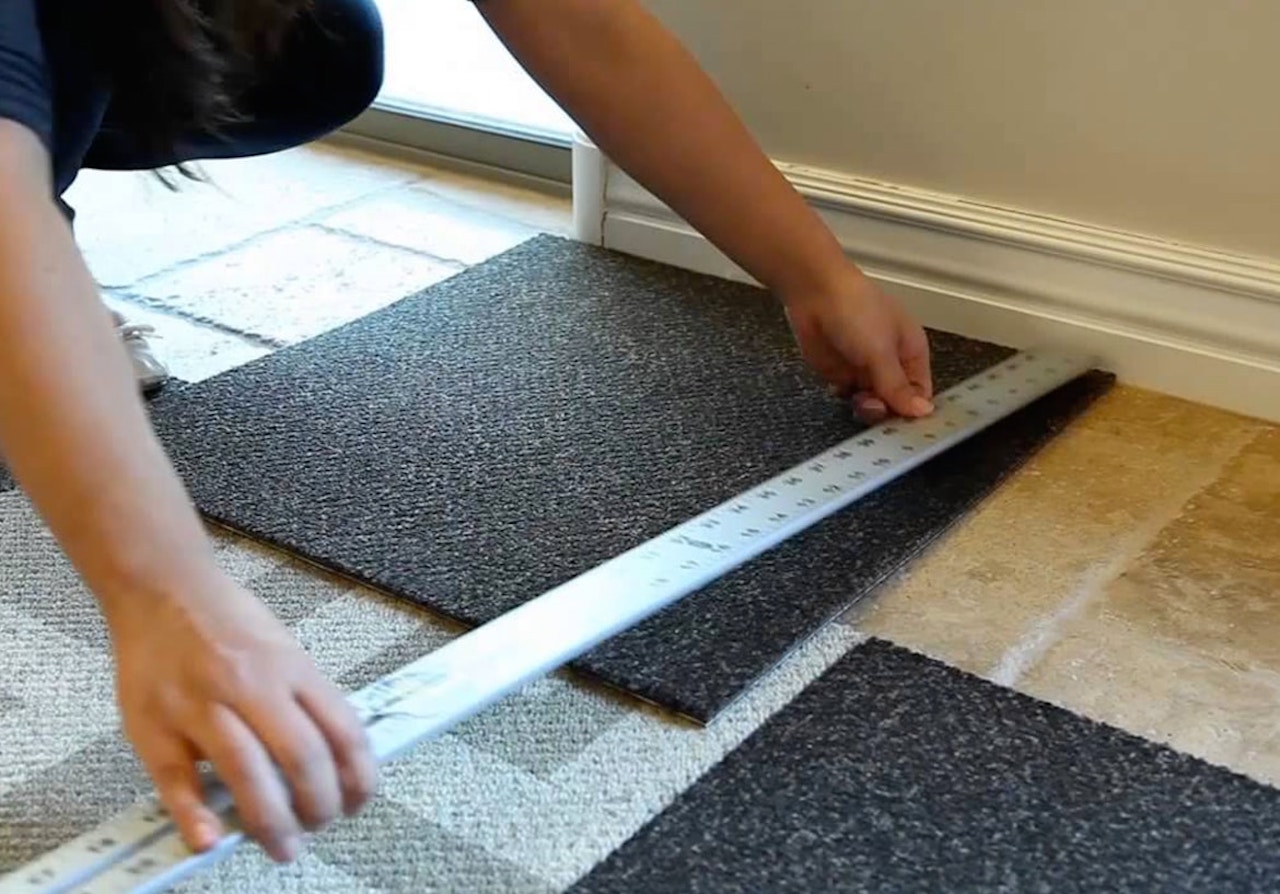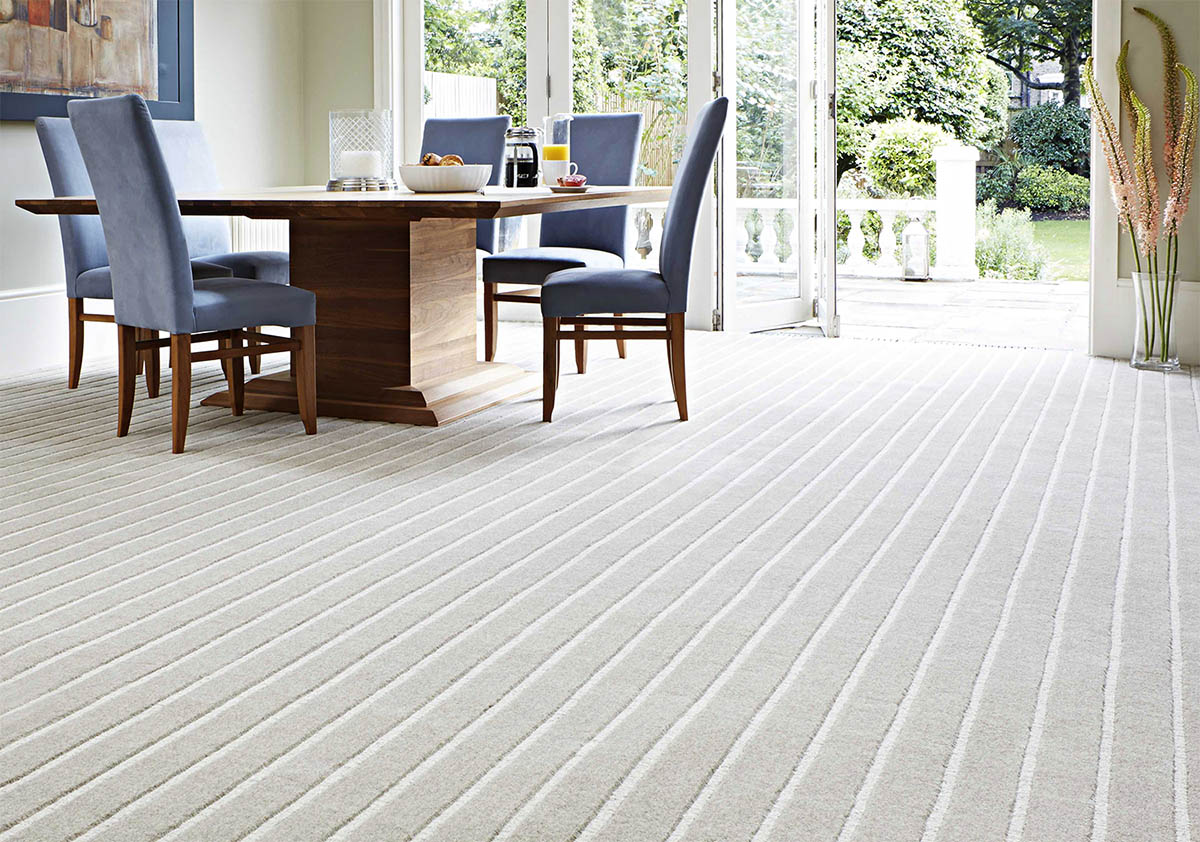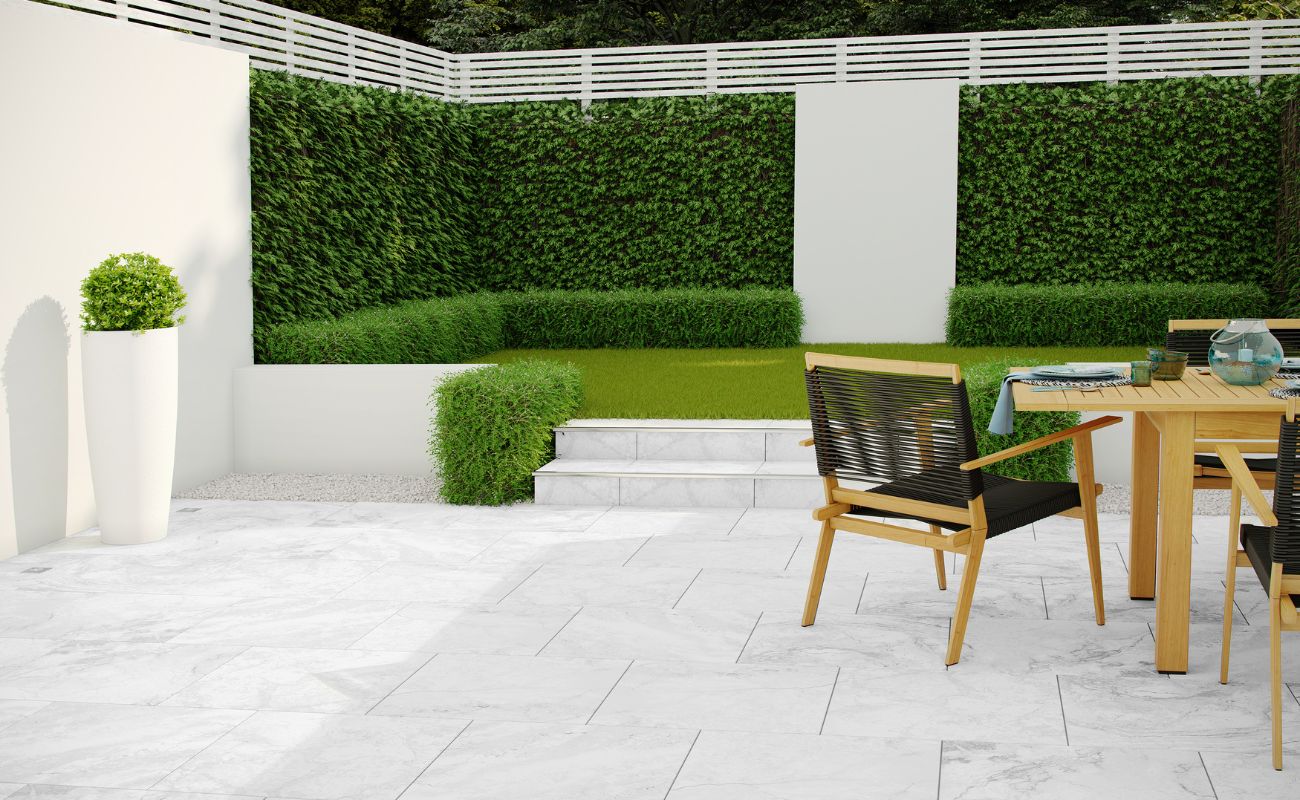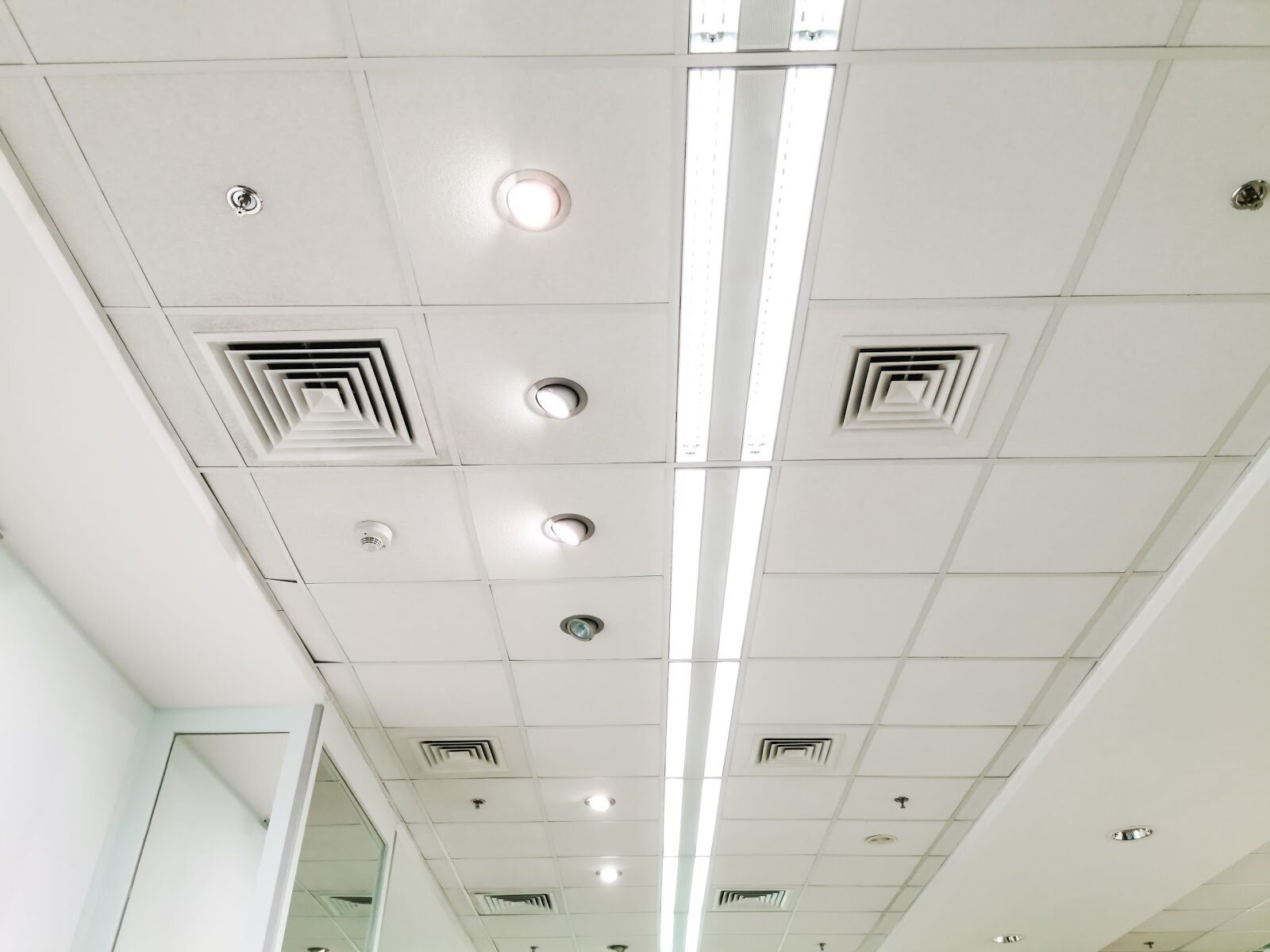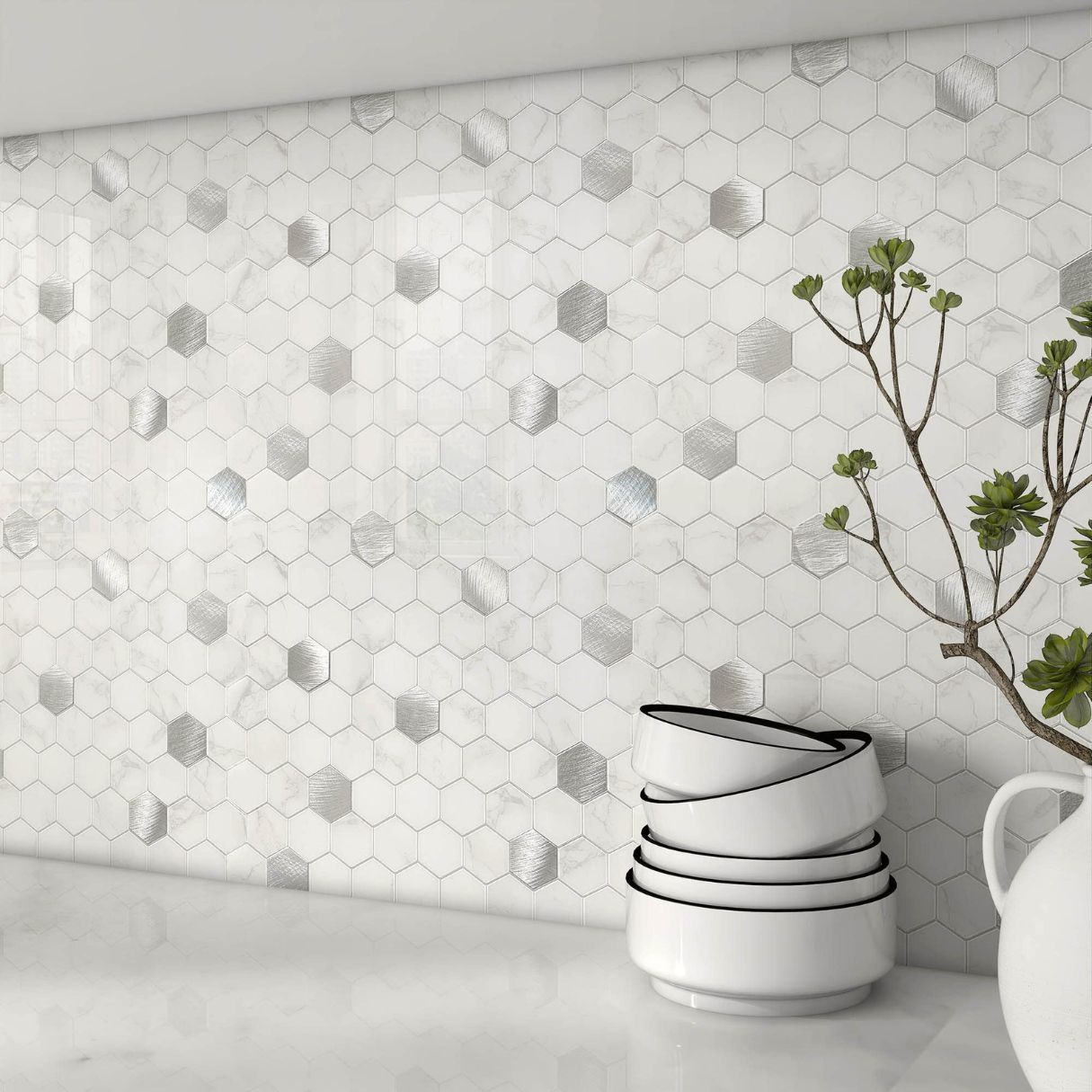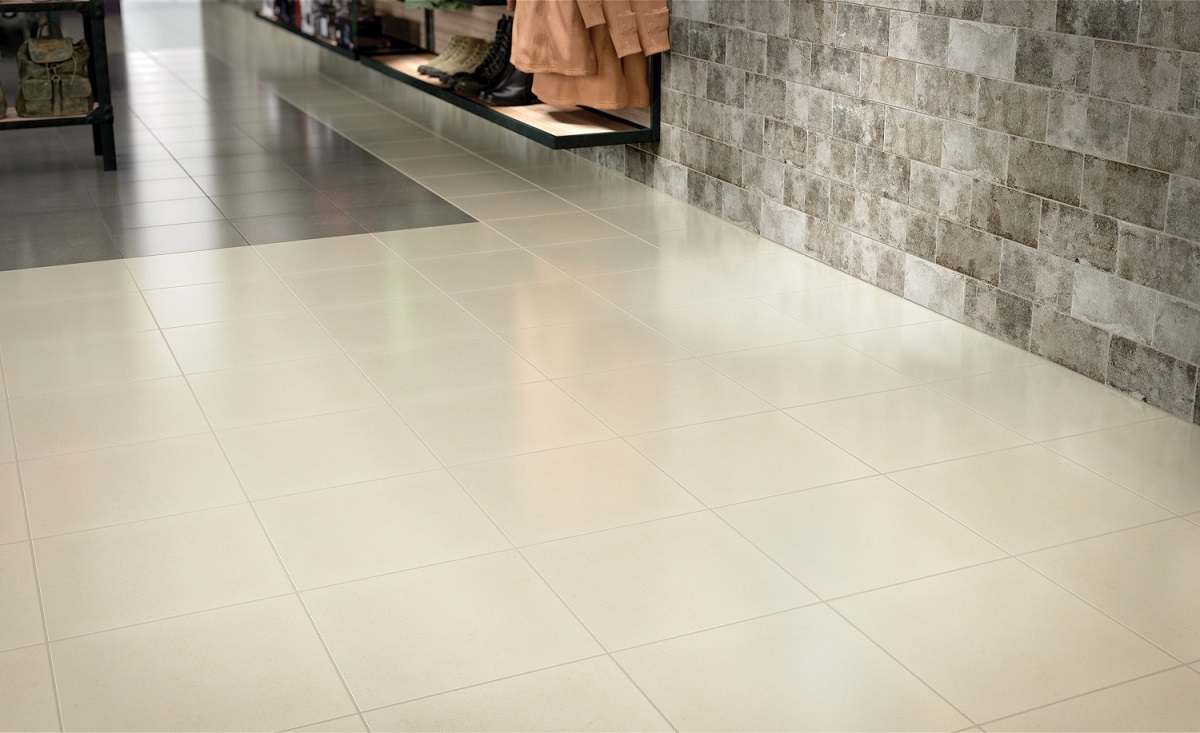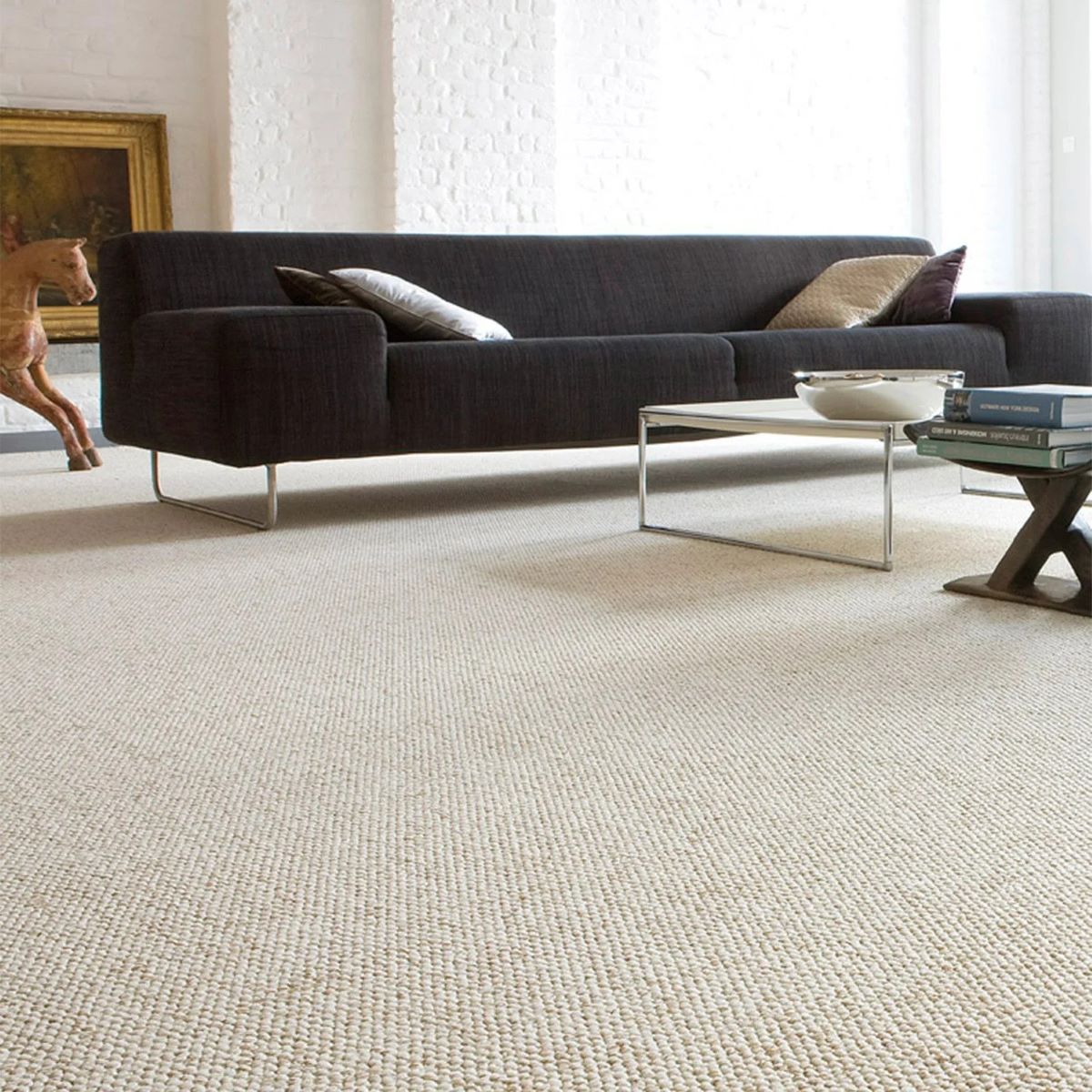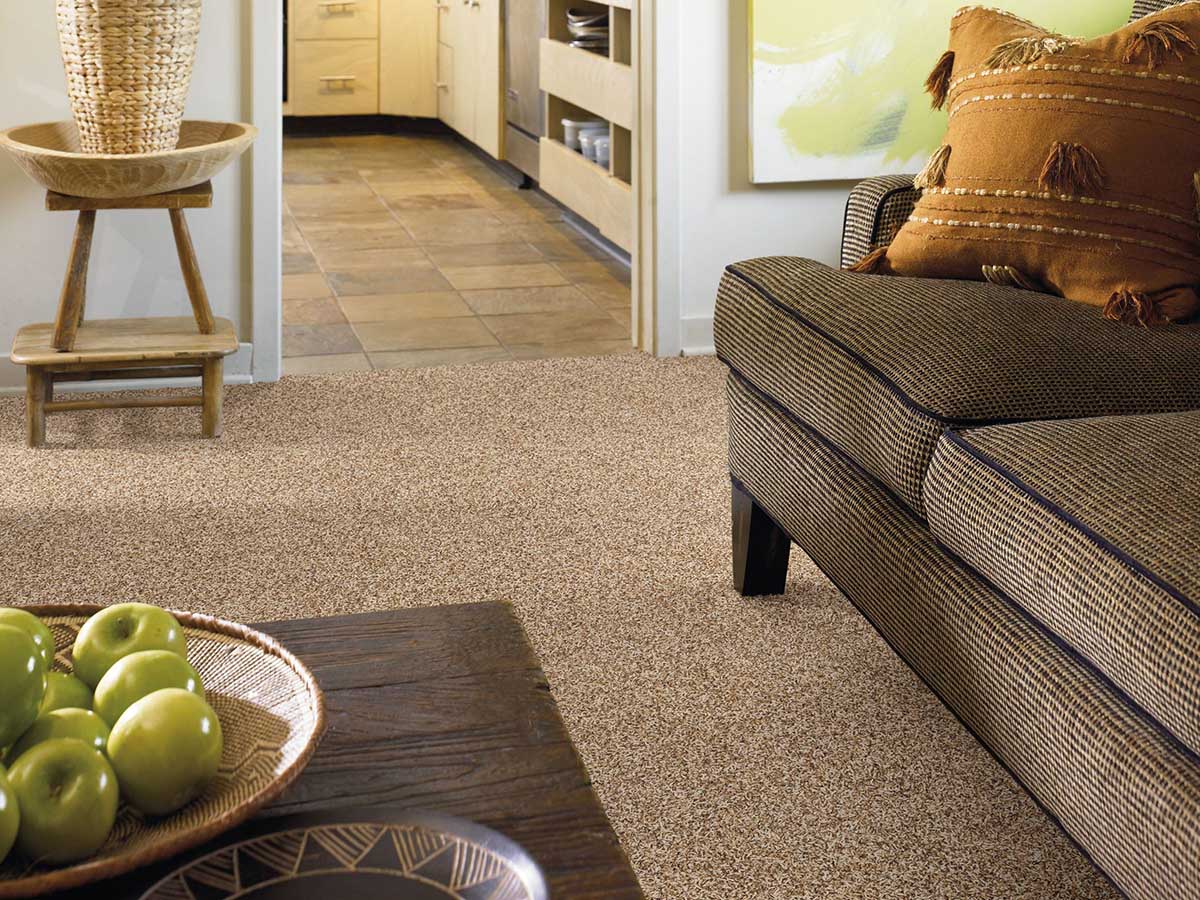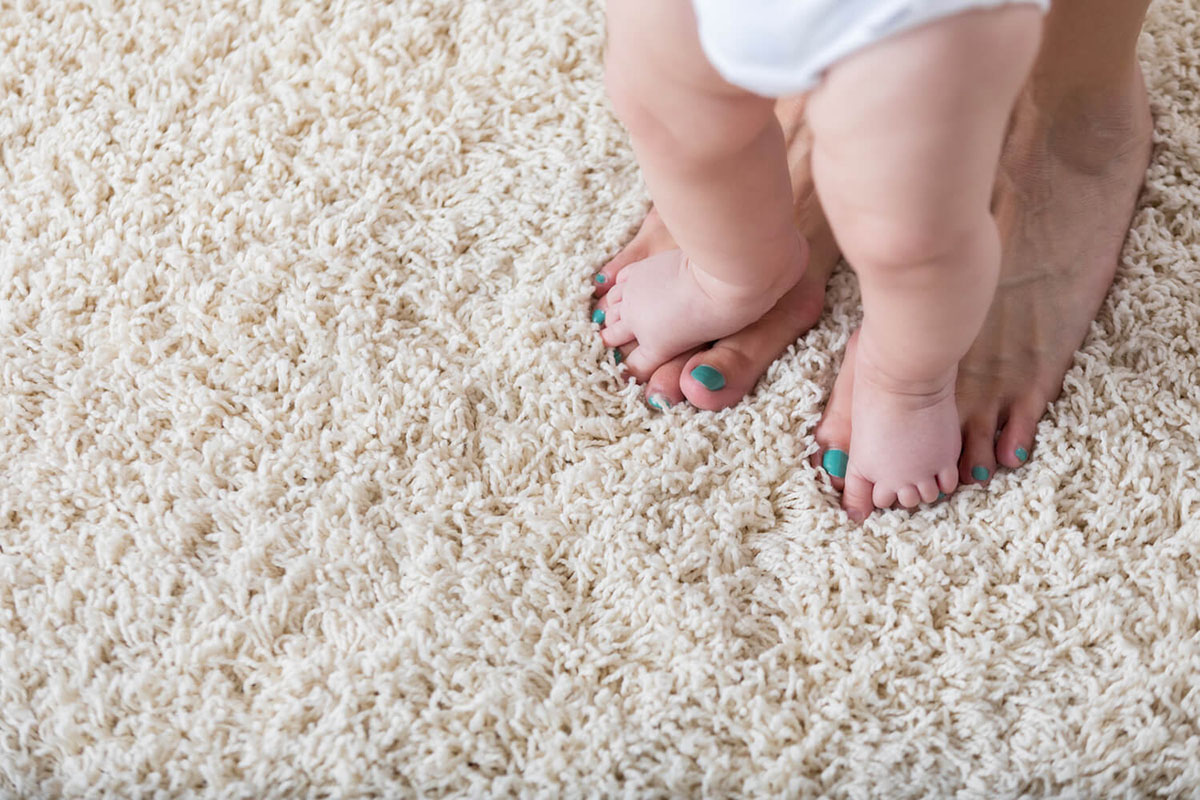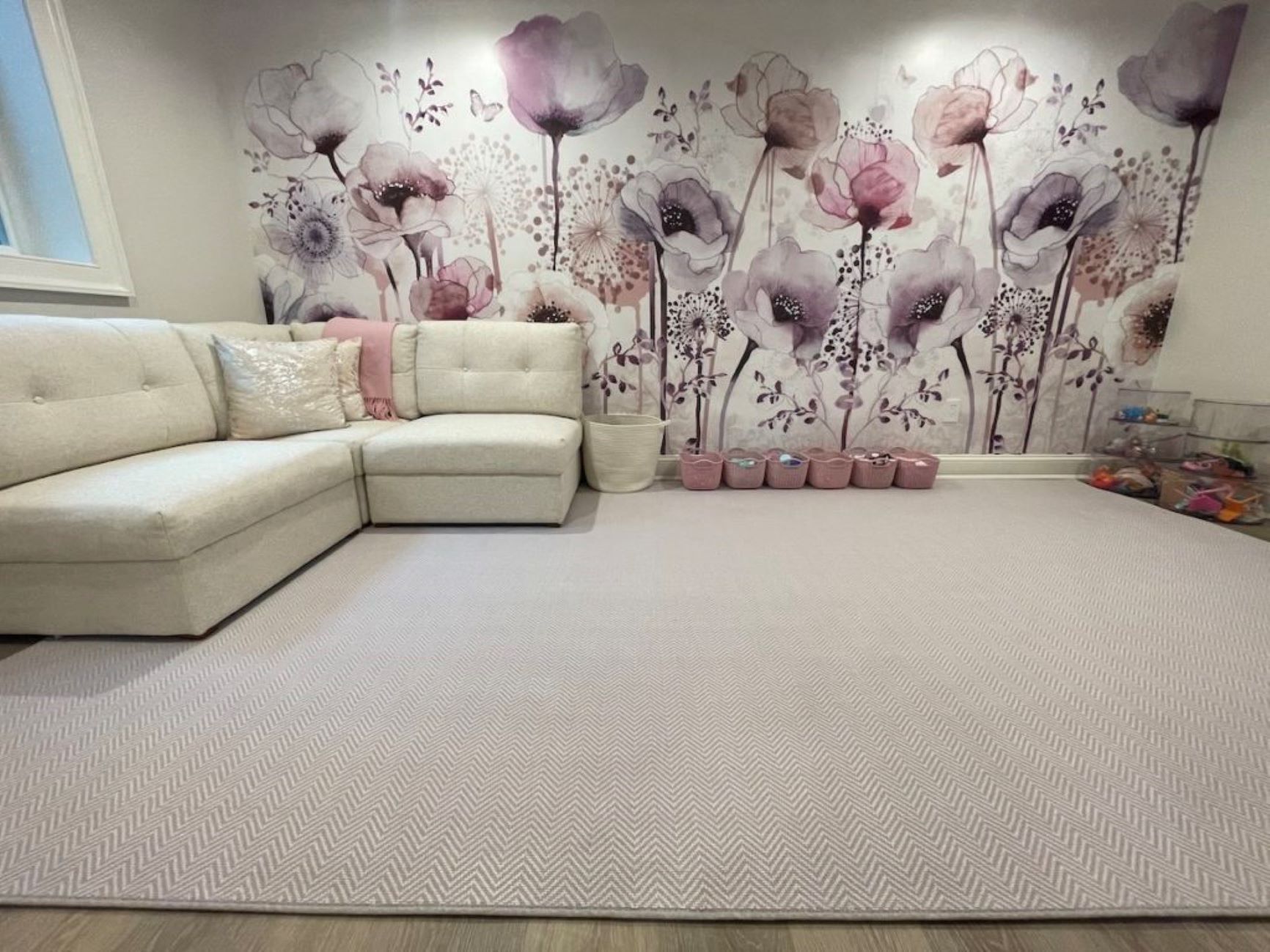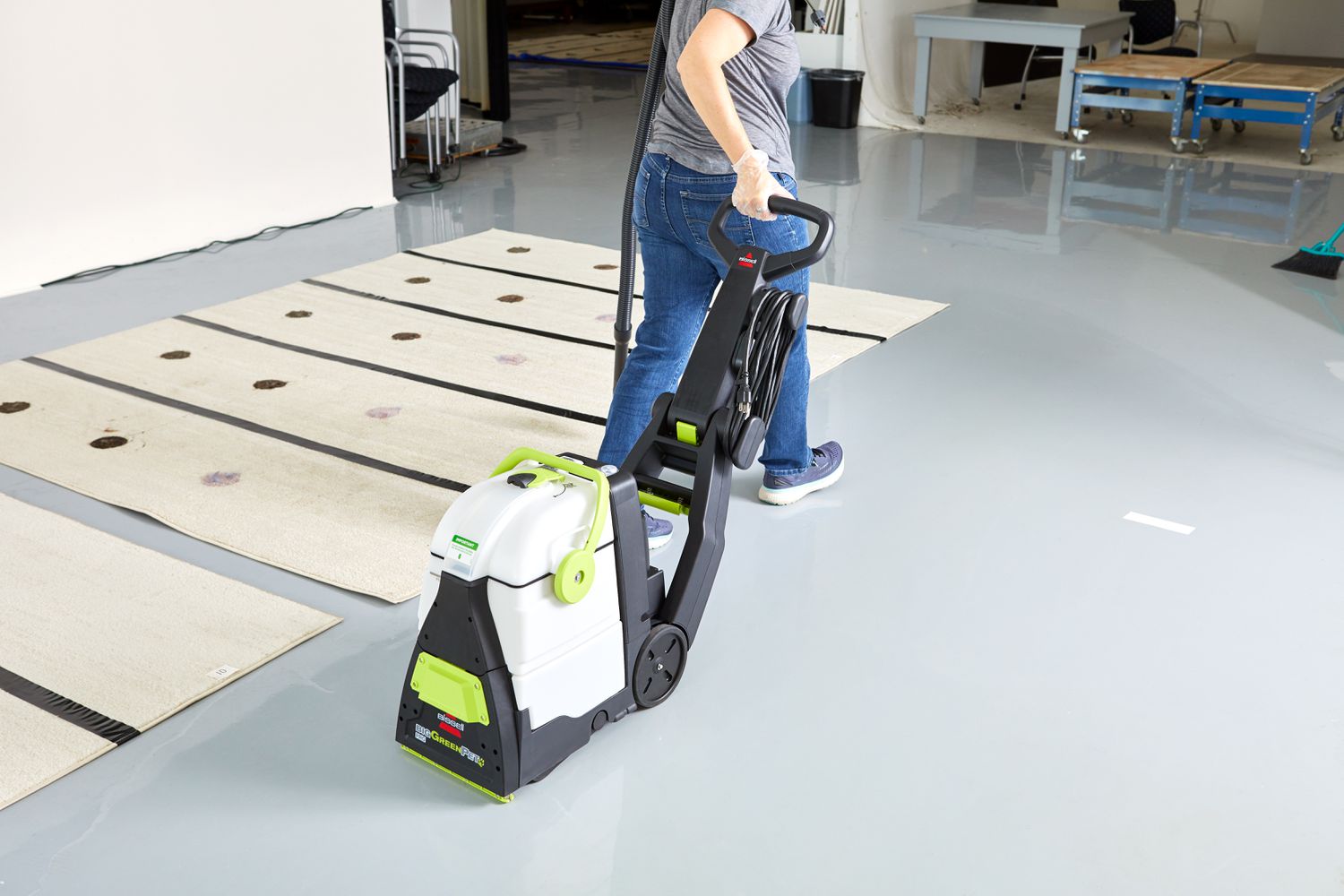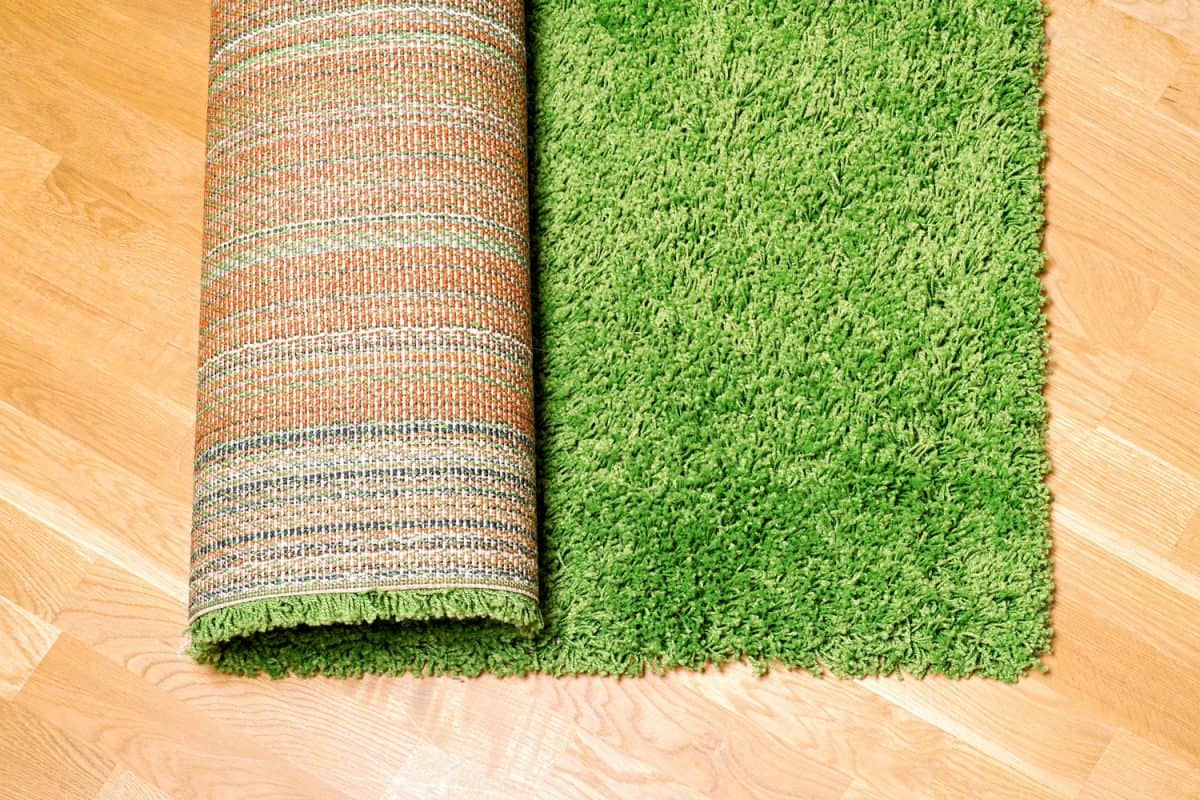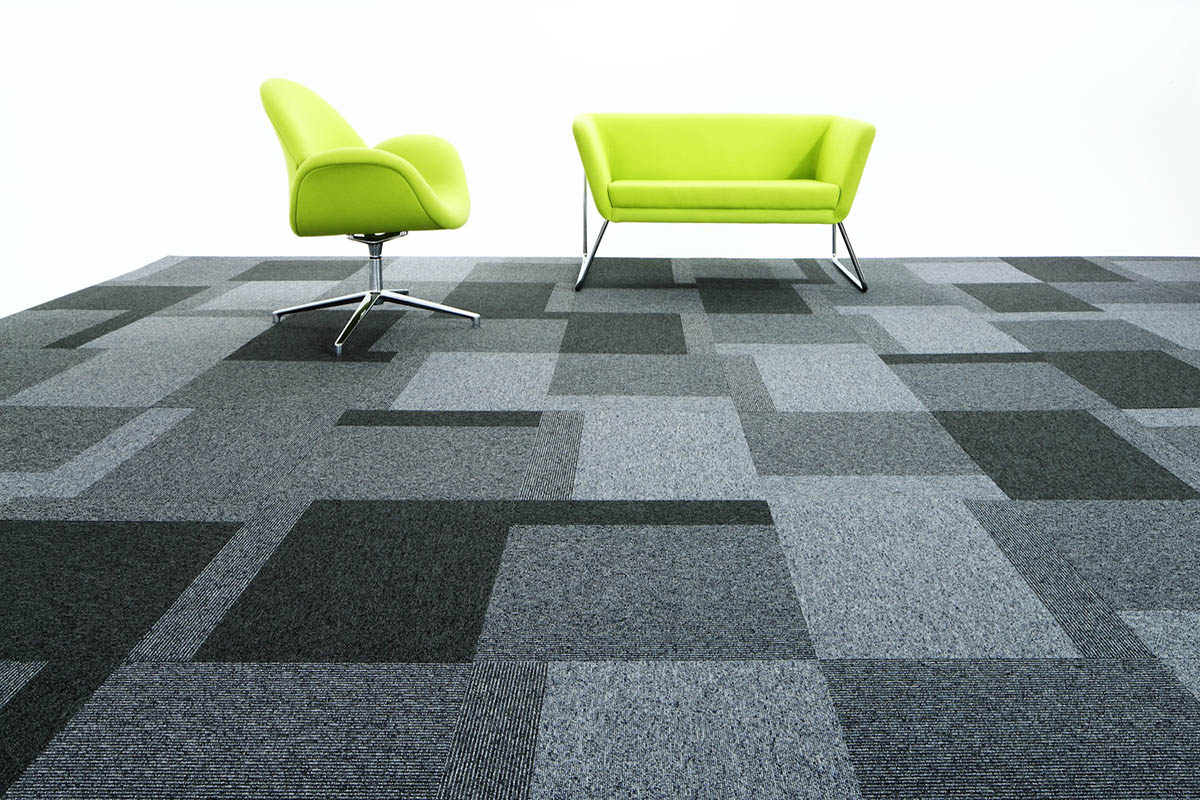

Articles
What Are Carpet Tiles
Modified: January 9, 2024
Discover the benefits and versatility of carpet tiles in our informative articles. Enhance your space with stylish and practical carpet tile options.
(Many of the links in this article redirect to a specific reviewed product. Your purchase of these products through affiliate links helps to generate commission for Storables.com, at no extra cost. Learn more)
Introduction
Welcome to the world of carpet tiles – a versatile and practical flooring solution that has gained popularity for both residential and commercial spaces. Gone are the days when wall-to-wall carpets dominated the market; carpet tiles have taken center stage with their unique design options, ease of installation, and maintenance advantages.
Carpet tiles, also known as carpet squares, are individual carpet pieces that are typically square-shaped, ranging in size from 18 inches to 36 inches. These tiles are made from various materials, including nylon, polyester, and even recycled materials. They come in a wide array of colors, patterns, and textures, allowing you to create customized designs and easily change the layout whenever desired.
What sets carpet tiles apart from traditional carpets is their modular nature. Unlike broadloom carpeting, the installation of carpet tiles involves placing and adhering individual tiles to the floor surface. This modular design brings many benefits, making carpet tiles an attractive and practical choice for various applications.
In this article, we will explore the definition, benefits, types, installation process, factors to consider when choosing carpet tiles, cleaning and maintenance tips, and the cost associated with carpet tiles. Whether you’re considering carpet tiles for your home, office, or commercial space, this comprehensive guide will provide you with the information you need to make an informed decision.
Key Takeaways:
- Carpet tiles offer easy installation, design flexibility, and durability, making them a popular choice for residential and commercial spaces. Their modular nature allows for custom layouts and targeted repairs, providing a versatile and practical flooring solution.
- When choosing carpet tiles, consider factors such as material, design, installation method, and budget to ensure the right fit for your space. With proper cleaning and maintenance, carpet tiles can maintain their appearance and performance for years to come, offering a stylish and functional flooring solution.
Read more: How To Install Carpet Tiles
Definition of Carpet Tiles
Carpet tiles, also known as carpet squares or modular carpet, are individual pieces of carpet that are specifically designed for easy installation and versatility. Unlike traditional wall-to-wall carpeting, which comes in one large roll, carpet tiles are produced in smaller, manageable sizes, typically in square or rectangular shapes.
These tiles are crafted using a variety of materials, including nylon, polyester, polypropylene, and even natural fibers like wool, offering customers a wide range of options to suit their specific needs and preferences. The carpet tiles are typically backed with a durable material, such as vinyl or bitumen, to provide stability and ease of installation.
One of the distinguishing features of carpet tiles is their modular nature. Each tile is designed to be an independent piece that can be installed individually, making it easy to create custom designs, patterns, and layouts. This versatility allows for endless design possibilities, from simple monochromatic installations to intricate geometric patterns or colorful mosaics.
Carpet tiles are commonly used in various applications, including residential spaces, offices, educational institutions, hospitality venues, and retail stores. Their modular nature and ease of installation make them ideal for rooms with complex layouts or areas with heavy foot traffic that require regular maintenance or replacement.
Another significant advantage of carpet tiles is their durability and stain resistance. Many carpet tiles are manufactured with stain-resistant treatments, making them more resistant to spills, stains, and wear and tear compared to traditional carpets. Additionally, if a specific tile becomes damaged or soiled, it can easily be replaced without the need to replace the entire carpet, saving time and money on maintenance and repairs.
Overall, carpet tiles offer a practical and stylish flooring solution that combines functionality, design versatility, and easy installation. Whether you’re looking for a flooring option for your home, office, or commercial space, carpet tiles provide a range of benefits that make them an excellent choice.
Benefits of Carpet Tiles
Carpet tiles have gained popularity in recent years due to the numerous benefits they offer. From their design versatility to practical maintenance, here are some key advantages of choosing carpet tiles for your flooring needs:
- Easy Installation: Carpet tiles are designed for easy installation. Unlike traditional carpets that require professional installation or large rolls of carpeting, carpet tiles can be installed by anyone with basic DIY skills. They can be laid directly on the floor surface using a simple adhesive or a peel-and-stick backing. The modular nature of carpet tiles allows for easy handling and placement, making it a quick and hassle-free process.
- Design Flexibility: One of the biggest advantages of carpet tiles is their design versatility. With an extensive range of colors, patterns, and textures available, carpet tiles allow you to create unique floor designs that suit your style and interior decor. You can mix and match different colors and patterns to create custom layouts, or even incorporate different tile sizes and shapes to add visual interest to your space.
- Customization: In addition to design flexibility, carpet tiles offer customization options that are not possible with traditional carpets. With carpet tiles, you can easily create borders, accents, and focal points by choosing specific tiles in contrasting colors or patterns. This allows you to personalize your space and create a truly unique flooring design.
- Ease of Maintenance: Carpet tiles are known for their practical maintenance. In the event of spills or stains, individual tiles can be easily removed and cleaned. If a tile becomes irreparable, it can be replaced without the need to replace the entire carpet. This not only saves time and effort but also reduces maintenance costs. Additionally, many carpet tiles come with stain-resistant coatings, making them more resistant to spills and stains, and easier to clean.
- Durability: Carpet tiles are designed to be durable and long-lasting. The materials used in their construction, such as nylon or polyester, provide excellent resistance to wear and tear, ensuring that the carpet tiles retain their appearance and functionality even in high-traffic areas. Their reinforced backing adds stability and prevents fraying or curling at the edges, extending the lifespan of the carpet tiles.
- Flexibility for Repairs and Replacements: Carpets are prone to damage and wear over time, especially in high-traffic areas. With carpet tiles, any damaged or worn-out tiles can be easily replaced, allowing for targeted repairs without having to replace the entire carpet. This flexibility saves time and money, making carpet tiles a cost-effective flooring option in the long run.
These are just a few of the many benefits that carpet tiles offer. From their easy installation and customization options to their durability and practical maintenance, carpet tiles provide a versatile and functional flooring solution for both residential and commercial spaces.
Different Types of Carpet Tiles
When it comes to choosing carpet tiles, you’ll find a wide variety of options available in terms of materials, designs, and textures. Here are some of the most common types of carpet tiles:
- Nylon Carpet Tiles: Nylon is a popular material choice for carpet tiles due to its durability and resistance to wear and tear. Nylon carpet tiles are known for their excellent resilience and ability to maintain their appearance even in high-traffic areas. They offer a wide range of design options, including various colors, patterns, and textures.
- Polyester Carpet Tiles: Polyester carpet tiles are another popular choice for their softness and stain resistance. They are less expensive than nylon carpet tiles but still offer good durability and a wide range of design options. Polyester fibers are known for their vibrant colors and ability to resist fading, making them a great choice for spaces with natural light exposure.
- Wool Carpet Tiles: If you’re looking for a more natural and eco-friendly option, wool carpet tiles are an excellent choice. Wool is a sustainable and renewable material that offers exceptional softness, insulation, and acoustic properties. Wool carpet tiles are known for their luxurious feel, natural beauty, and durability. They are also naturally fire-resistant and hypoallergenic.
- Recycled Carpet Tiles: With a growing focus on sustainability and eco-consciousness, recycled carpet tiles have gained popularity. These tiles are made from recycled materials, such as recycled fibers or plastic bottles, reducing waste and environmental impact. They offer a wide range of design options and provide the same benefits as traditional carpet tiles in terms of durability and maintenance.
- Commercial Grade Carpet Tiles: Commercial grade carpet tiles are designed specifically for high-traffic areas such as offices, retail spaces, and hospitality venues. These tiles are constructed with a focus on durability, stain resistance, and ease of maintenance. They often feature a low-profile design and tight loops to withstand heavy foot traffic and minimize wear and tear.
- Patterned Carpet Tiles: Patterned carpet tiles are a popular choice for adding visual interest to a space. These tiles feature intricate patterns, geometric designs, or vibrant colors that can enhance the overall aesthetics of a room. Patterned carpet tiles are often used in residential spaces, retail stores, or areas where a unique and eye-catching flooring design is desired.
These are just a few examples of the different types of carpet tiles available in the market. When choosing carpet tiles, consider factors such as the desired level of durability, aesthetics, functionality, and sustainability to find the perfect fit for your space.
Installation Process of Carpet Tiles
The installation process of carpet tiles is relatively simple and can be done by anyone with basic DIY skills. Here’s a step-by-step guide on how to install carpet tiles:
- Prepare the Surface: Start by ensuring that the floor surface is clean, smooth, and dry. Remove any existing flooring, debris, or adhesive residue. If the floor is not level, consider using a self-leveling compound to create a smooth and even surface.
- Plan the Layout: Before installing the carpet tiles, plan the layout by considering the room’s dimensions and any design patterns you want to create. You can use a measuring tape and chalk lines to mark the layout on the floor, ensuring accurate placement and alignment of the tiles.
- Start in a Corner: Begin installing the carpet tiles in one corner of the room. Place the first tile at the intersection of the chalk lines, leaving about a 1/4-inch gap between the tile and the wall to allow for expansion.
- Peel-and-Stick or Adhesive: If you’re using peel-and-stick carpet tiles, simply peel off the backing and align the tile with the first one, pressing firmly to adhere it to the floor surface. If you’re using adhesive-backed tiles, apply adhesive to the back of the tile or directly onto the floor using a trowel or roller.
- Continue Installing: Work your way outward from the first tile, aligning each subsequent tile with the edges of the previously installed tiles. Ensure that the tiles are firmly pressed down to create a secure bond with the floor surface. Check periodically for proper alignment and adjust as necessary.
- Cut Tiles: Inevitably, you’ll come across areas where you need to cut the tiles to fit. Measure and mark the tile where it needs to be trimmed, and use a utility knife or carpet tile cutter to make the cut. Take care to make precise cuts to ensure a seamless and professional-looking installation.
- Finishing Touches: Once all the tiles are installed, use a carpet roller or a rolling pin to ensure proper adhesion and to remove any air bubbles. Trim any excess carpet along the walls or edges using a utility knife or carpet trimmer. Install baseboards or transition strips to give the installation a polished look.
- Cleaning and Maintenance: After the installation is complete, vacuum the carpet tiles to remove any loose fibers or debris. Follow the manufacturer’s instructions for cleaning and maintenance, which may include regular vacuuming, spot cleaning, and occasional deep cleaning to keep the carpet tiles looking their best.
It’s important to note that the installation process may vary slightly depending on the type and brand of carpet tiles you choose. Always refer to the manufacturer’s specific installation guidelines and follow the recommended techniques to ensure a successful and long-lasting installation.
When installing carpet tiles, make sure to properly prepare the subfloor by cleaning and leveling it to ensure a smooth and even surface for the tiles to adhere to. This will help prevent any shifting or unevenness in the finished floor.
Read more: How To Transition From Tile To Carpet
Factors to Consider When Choosing Carpet Tiles
When it comes to choosing carpet tiles for your space, there are several factors to consider to ensure you make the right decision. Here are some key factors to keep in mind:
- Durability: Consider the level of durability you need for your space. High-traffic areas such as offices or commercial spaces will require more durable carpet tiles, while residential spaces may have different durability requirements depending on the foot traffic.
- Material: Carpet tiles can be made from various materials, such as nylon, polyester, wool, or recycled materials. Each material has its own characteristics in terms of durability, stain resistance, and feel. Consider the pros and cons of each material to find one that suits your needs.
- Design and Aesthetics: Carpet tiles offer a wide range of design options. Consider the overall aesthetic you want to achieve in your space. Think about colors, patterns, and textures that will complement your interior design and create the desired atmosphere.
- Installation Method: Some carpet tiles come with a peel-and-stick backing, while others require adhesive for installation. Consider the installation method that works best for you based on your skill level and the specific requirements of your project.
- Acoustic Properties: If noise reduction is a concern in your space, consider carpet tiles with good acoustic properties. Certain materials and additional backing layers can help absorb sound and reduce noise transmission.
- Maintenance and Cleaning: Consider the maintenance requirements of the carpet tiles. Look for tiles that are easy to clean and resistant to stains or fading. Also, consider how the tiles should be maintained over time, including vacuuming, spot cleaning, or professional deep cleaning.
- Budget: Determine your budget for carpet tiles, including the cost of materials and installation. Keep in mind that higher-quality materials or unique designs may come at a higher price point, so consider your priorities and allocate your budget accordingly.
- Sustainability: If sustainability is important to you, consider carpet tiles made from recycled materials or those that come from manufacturers with sustainable practices. Look for certifications or eco-labels that indicate the environmental friendliness of the product.
- Warranty and Customer Support: Check the warranty and customer support offered by the manufacturer or supplier. A good warranty can provide peace of mind and protection against defects or premature wear and tear.
By considering these factors, you can make an informed decision and choose the carpet tiles that best meet your specific needs, whether it’s for a residential space, office, or commercial area.
Cleaning and Maintenance of Carpet Tiles
Proper cleaning and maintenance of carpet tiles are essential to keep them looking their best and prolong their lifespan. Here are some tips to help you care for your carpet tiles:
- Regular Vacuuming: Vacuum the carpet tiles regularly to remove loose dirt, dust, and debris. Use a vacuum cleaner with a brush attachment or an upright vacuum with adjustable height settings to ensure effective cleaning without damaging the tiles.
- Spot Cleaning: Attend to spills and stains immediately to prevent them from setting in. Blot the affected area gently with a clean, white cloth or paper towel. Avoid rubbing the stain, as it may spread or damage the carpet fibers. Use a mild carpet cleaner or a mixture of warm water and a gentle detergent to treat the stained area. Test any cleaning product on a small, inconspicuous area first to ensure it does not cause discoloration or damage.
- Deep Cleaning: Periodically deep clean the carpet tiles to remove embedded dirt and stains. You can hire a professional carpet cleaner or use a carpet cleaning machine specifically designed for residential use. Follow the manufacturer’s instructions on the cleaning solution and method, and ensure that the tiles are thoroughly dried after cleaning to prevent mold or mildew growth.
- Preventive Measures: Place doormats or rugs at entryways to trap dirt and reduce the amount of soil that gets tracked onto the carpet tiles. Use furniture coasters or felt pads under heavy furniture to prevent indentations or damage. Avoid dragging furniture across the tiles as it can cause fraying or loosening of the carpet fibers.
- Regular Inspections: Inspect the carpet tiles regularly for any signs of wear, damage, or loose edges. If you notice any loose tiles or frayed edges, repair or replace them as soon as possible to prevent further damage or tripping hazards.
- Professional Maintenance: Consider hiring a professional carpet cleaning service for periodic deep cleaning and maintenance. They have the expertise and equipment to effectively clean and restore the appearance of the carpet tiles.
- Avoid Harsh Chemicals: When cleaning carpet tiles, avoid using harsh chemicals, bleach, or abrasive cleaners as they can damage the fibers and colors of the tiles. Stick to mild cleaning solutions and follow the manufacturer’s guidelines.
- Proper Ventilation: Ensure proper ventilation in the space to prevent excessive moisture buildup, which can lead to mold or mildew growth. Open windows or use dehumidifiers in areas prone to high humidity.
By following these cleaning and maintenance practices, you can keep your carpet tiles looking fresh and extend their lifespan. Regular care and prompt attention to spills and stains will help maintain the appearance and performance of your carpet tiles for years to come.
Cost of Carpet Tiles
The cost of carpet tiles can vary depending on various factors such as the brand, material, design, and quality. Generally, carpet tiles are priced per square foot or per tile. Here are some factors that can influence the cost of carpet tiles:
- Material: Different materials used in carpet tiles can affect the price. Natural fibers like wool tend to be more expensive than synthetic fibers like nylon or polyester.
- Quality: Higher-quality carpet tiles are often more durable and long-lasting but may come at a higher price. They are designed to withstand heavy foot traffic and maintain their appearance over time.
- Design and Aesthetics: Carpet tiles with unique designs, patterns, and textures may have a higher price tag compared to plain or basic styles. Intricate patterns and customization options can add to the cost.
- Brand: Well-known brands often come with a premium price due to their reputation for quality and design innovation. However, there are also more affordable options available from lesser-known brands or generic manufacturers.
- Sustainability: Carpet tiles made from recycled materials or those with eco-friendly certifications may have a slightly higher price due to the manufacturing processes involved and the emphasis on sustainability.
- Quantity: The quantity of carpet tiles needed for your project will also affect the overall cost. Purchasing in bulk or larger quantities can often lead to discounted prices or special offers from suppliers.
- Installation Method: Consider the cost of installation, which can vary depending on whether you choose to install the carpet tiles yourself or hire a professional installer. DIY installation can save on labor costs but requires time and effort.
It’s important to plan a budget and consider your specific needs and priorities when choosing carpet tiles. Set a realistic budget that takes into account factors like the size of the area, the desired quality, and any design requirements. Don’t forget to also factor in the cost of any additional materials or supplies needed for installation, such as adhesive or underlay.
To get an accurate idea of the cost, it’s recommended to obtain quotes from different suppliers or retailers. Compare prices, warranties, and customer reviews to ensure you’re getting the best value for your investment. Additionally, consider the long-term savings of durable and low-maintenance carpet tiles, as they may require less frequent replacement or repair compared to cheaper alternatives.
Remember that the cost of carpet tiles is just one aspect to consider. It’s also important to assess the quality, durability, and design options to ensure that the chosen carpet tiles meet your specific requirements and provide long-term satisfaction.
Conclusion
Carpet tiles offer a versatile, practical, and stylish flooring solution for various spaces, from residential homes to commercial environments. With their ease of installation, design flexibility, and durability, carpet tiles have become a popular choice among homeowners, interior designers, and business owners alike.
In this comprehensive guide, we’ve explored the definition of carpet tiles, discussed their benefits and different types, and provided insights into the installation process. We’ve also outlined key factors to consider when choosing carpet tiles and shared tips for their cleaning and maintenance. Lastly, we’ve touched upon the cost aspect and emphasized the importance of budgeting accordingly.
Carpet tiles provide many advantages over traditional carpeting, such as easy installation, the ability to create custom designs and layouts, and targeted repairs or replacements. They offer design versatility with a wide range of colors, patterns, and textures to suit any style or aesthetic preference. Carpet tiles are also durable, resistant to stains, and relatively easy to clean and maintain.
When selecting carpet tiles, it’s crucial to consider factors such as material, design, installation method, and budget, to ensure you choose the right tiles for your specific needs. By taking the time to research and understand the options available, you can make an informed decision that will satisfy both your aesthetic preferences and practical requirements.
Whether you’re transforming a residential living space, updating an office environment, or revamping a retail store, carpet tiles offer a versatile and modern flooring solution that combines functionality, design flexibility, and ease of maintenance.
So, don’t hesitate to explore the world of carpet tiles and discover the endless possibilities they offer in creating a stylish and comfortable space that reflects your personal style and meets your practical needs.
Frequently Asked Questions about What Are Carpet Tiles
Was this page helpful?
At Storables.com, we guarantee accurate and reliable information. Our content, validated by Expert Board Contributors, is crafted following stringent Editorial Policies. We're committed to providing you with well-researched, expert-backed insights for all your informational needs.
